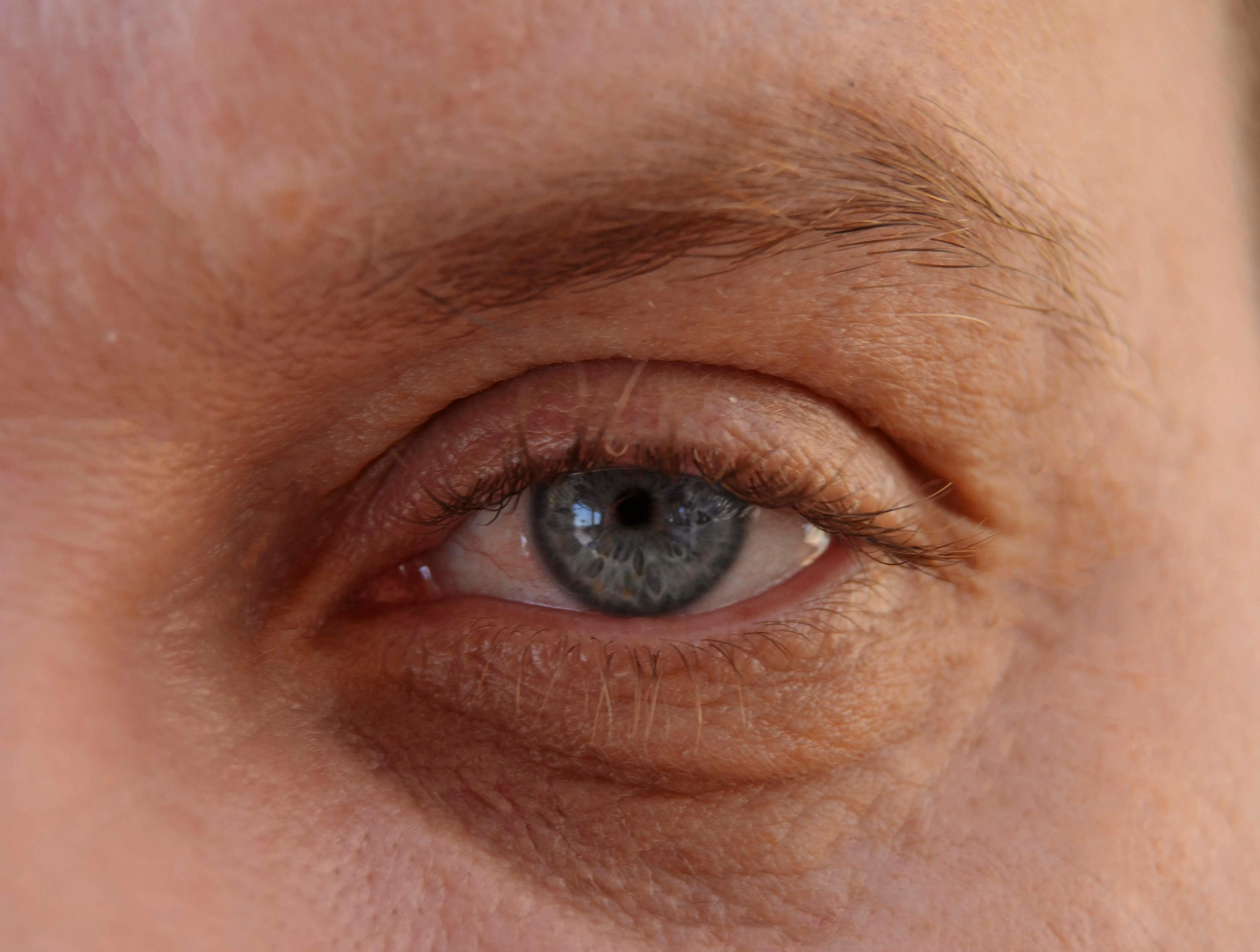Dry Eye

Dry eye is a common yet often underestimated condition that can significantly affect one’s quality of life. It occurs when the eyes do not produce enough tears or when the tears evaporate too quickly, leading to discomfort, blurry vision, and potential damage to the eye's surface.
In recent years, dry eye has gained attention due to increased screen time, environmental factors, and lifestyle changes that exacerbate symptoms. Understanding the different types of dry eye and their causes can help in finding the most suitable treatment approach.
What is Dry Eye?
Dry eye is a chronic condition that affects millions worldwide. Tears are essential for:
- Lubricating the eyes
- Nourishing the eye’s surface
- Providing protection against dust, debris, and other irritants
When the tear film becomes unstable or dysfunctional, symptoms like stinging, burning, redness, and sensitivity to light can occur.
Dry eye is often categorised into two main types:
- Evaporative Dry Eye (EDE)
- Aqueous Deficient Dry Eye (ADDE)
Knowing which type you have helps you and your eye care professional select the best treatment approach.
The Different Forms of Dry Eye
1. Evaporative Dry Eye (EDE)
Evaporative Dry Eye is the most common type and occurs when tears evaporate too quickly. It’s often linked to Meibomian Gland Dysfunction (MGD)—tiny glands on the eyelid margins that produce an oily layer to slow tear evaporation.
When these glands are blocked or inflamed, they don’t produce enough oil, causing the eyes to feel dry and irritated.
Causes of Evaporative Dry Eye:
- Meibomian Gland Dysfunction (MGD) – the leading cause of EDE
- Environmental Factors – wind, smoke, and dry air increase tear evaporation
- Prolonged Screen Use – reduces blinking, leading to tear evaporation
- Diet and Nutrition – poor diet is linked to inflammation and dry eye
- Chronic Inflammation – even low-grade systemic inflammation may contribute
2. Aqueous Deficient Dry Eye (ADDE)
Aqueous Deficient Dry Eye occurs when the lacrimal glands produce too little of the watery (aqueous) layer of tears. This leads to chronic dryness and irritation.
Causes of Aqueous Deficient Dry Eye:
- Aging – natural tear production declines with age
- Autoimmune Disorders – e.g., Sjögren's syndrome
- Medications – antihistamines, antidepressants, and blood pressure medications
3. Mixed Dry Eye
Some individuals experience both forms of Dry Eye. Known as Mixed Dry Eye, it involves reduced tear production and increased evaporation. This condition is especially challenging, as it requires addressing both the quantity and quality of the tear film.
Other Contributing Factors and Forms
While EDE and ADDE are primary forms, other factors can influence dry eye:
- Hormonal Changes – especially during menopause
- Contact Lens Use – can disrupt the tear film
- Allergies and Inflammation – chronic inflammation can destabilize the tear film
Treatment Options for Different Types of Dry Eye
Managing Dry Eye requires a personalised approach. Below are common treatments:
1. Eyelid Hygiene
Important for those with EDE or MGD. Regular eyelid cleaning improves gland function and encourages oil secretion, helping maintain a healthy tear film.
2. Intense Pulsed Light (IPL) Therapy
IPL therapy is an innovative treatment for Meibomian Gland Dysfunction and EDE. Originally used in dermatology, IPL helps:
- Reduce inflammation
- Unblock Meibomian glands
- Improve tear quality
It targets the root cause of EDE and has shown promising results.
3. Prescription Medications
For moderate to severe cases, eye care professionals may prescribe:
- Anti-inflammatory eye drops like cyclosporine or steroids
- These help reduce inflammation and increase tear production
Such medications provide relief when other treatments aren’t sufficient.
If you suspect you have Dry Eye or are dealing with persistent symptoms, speak with an experienced eye care provider. The right diagnosis and targeted treatment can make a dramatic difference in comfort and long-term eye health.